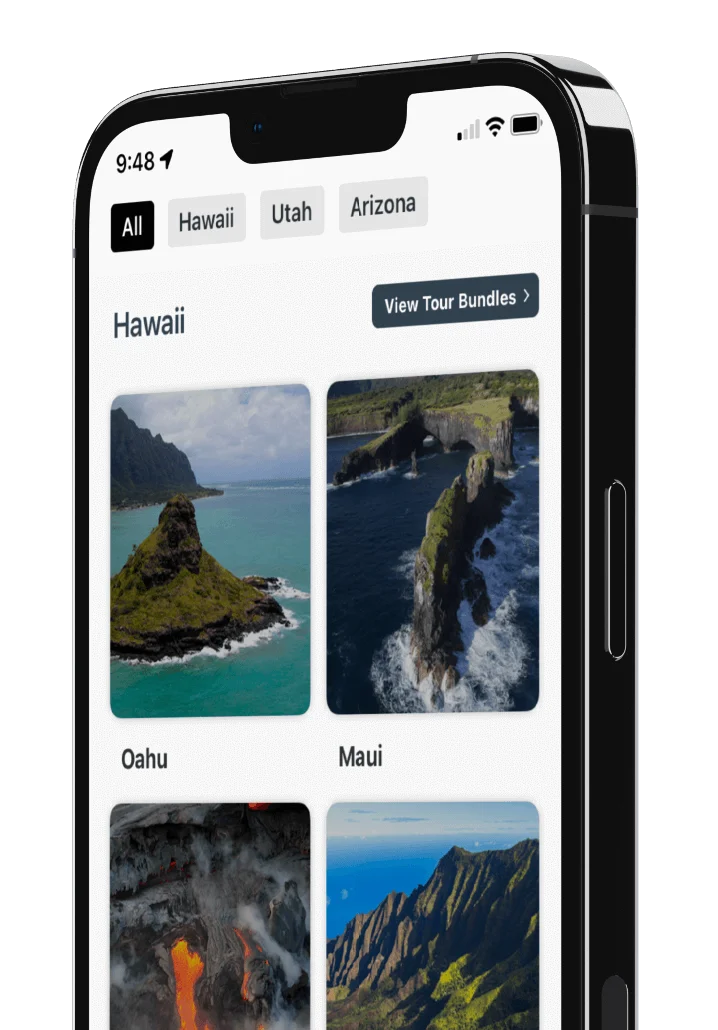SELF GUIDED AUDIO TOURS HAWAII
Mud Volcano

About
Early explorers to Yellowstone described this features as a “most repulsive and terrifying site.” It is a volcano-like cone, 30 by 30 feet high and wide (9 x 9 m) with mud that erupts and covers tall trees. When Nathaniel P. Langford, the first superintendent of Yellowstone, visited in 1870, he saw “a seething, bubbling mass of mud.” It is likely a violent eruption blew out the cone’s side, leaving the crater you see today. The water constantly undercuts the back wall and is rich in iron sulfides.


Madison Junction
At Madison Junction, you'll find a campground, restroom facilities, an information...
Read More

Mammoth Hot Springs
Exploring Mammoth'swhite travertine terraes is a bit like stepping out...
Read More







South Entrance Gate
Located at the boundary between Yellowstone National Park and the...
Read More






Roaring Mountain
Roaring Mountain is a large, acidic thermal area (solfatara) that...
Read More

Grand Canyon of the Yellowstone
The Grand Canyon of the Yellowstone River expresses the park's...
Read More


Norris Geyser Basin
Don't pass by Yellowtone's oldest and hottest geothermal basin! Norris...
Read More




Fountain Paint Pots
Along Fountain Paint Pot Trail you will see various hydrothermal...
Read More







 Buy Gift Card
Buy Gift Card













